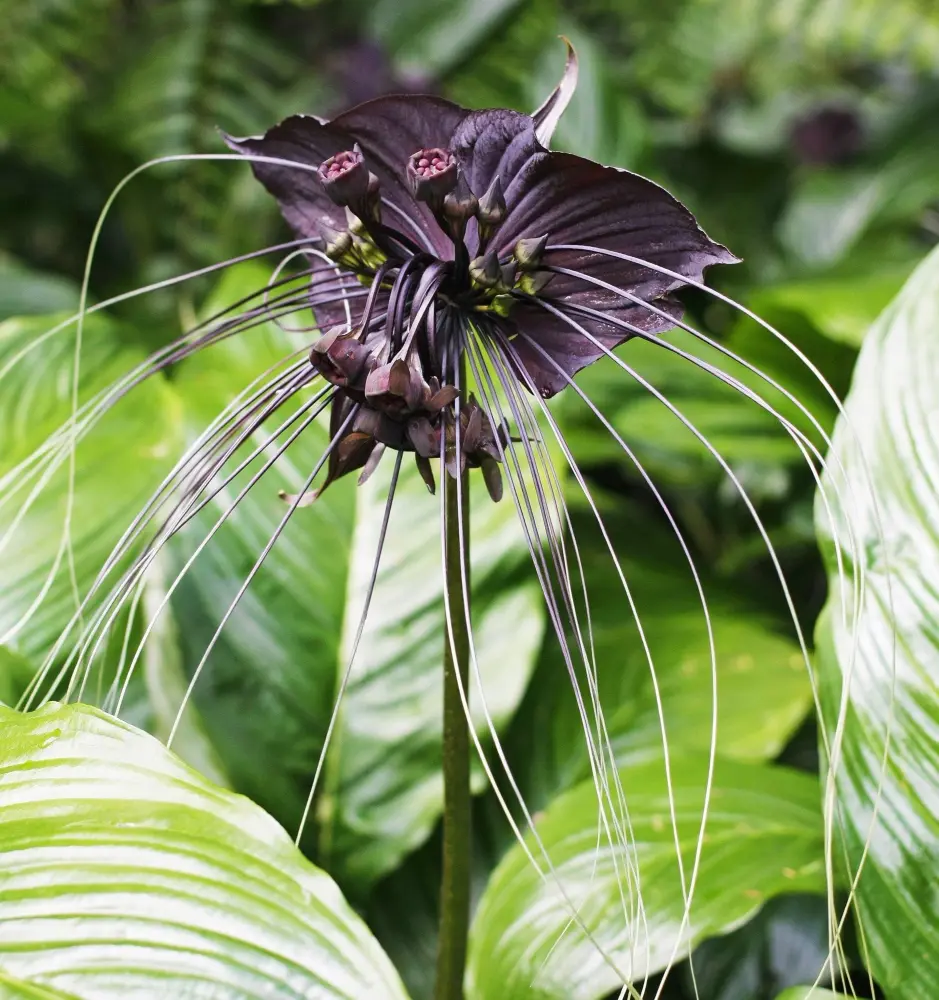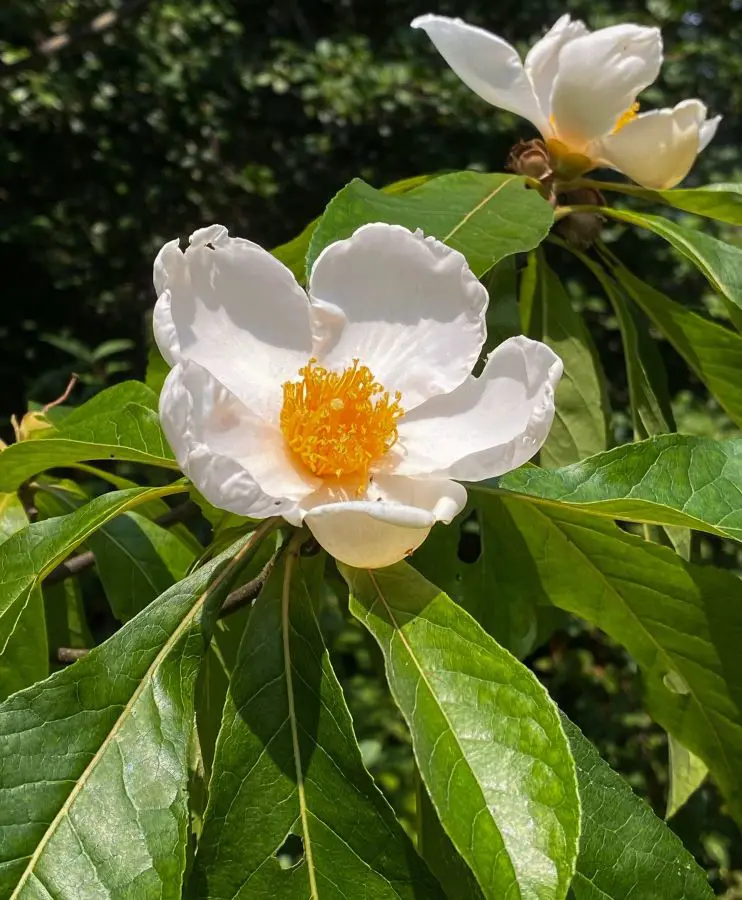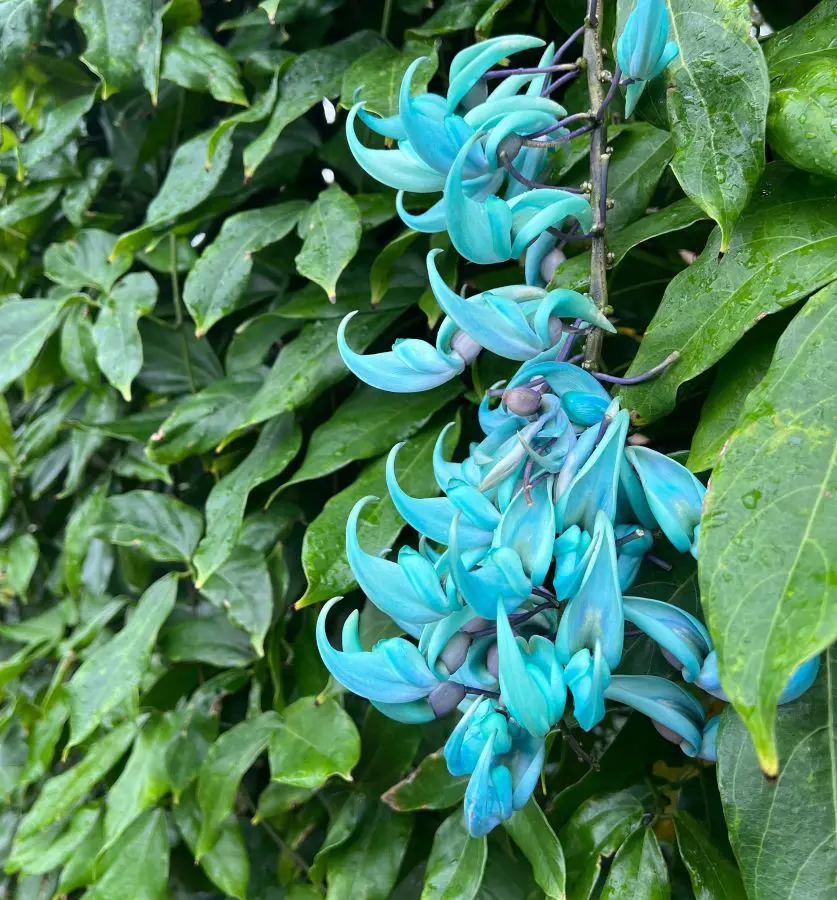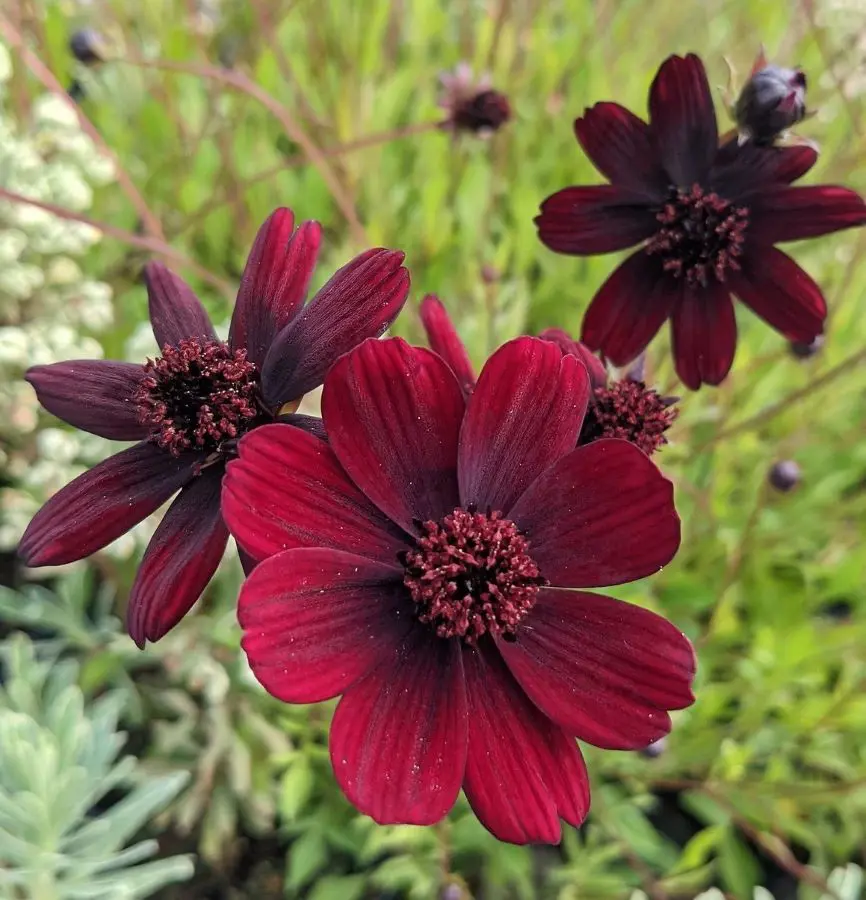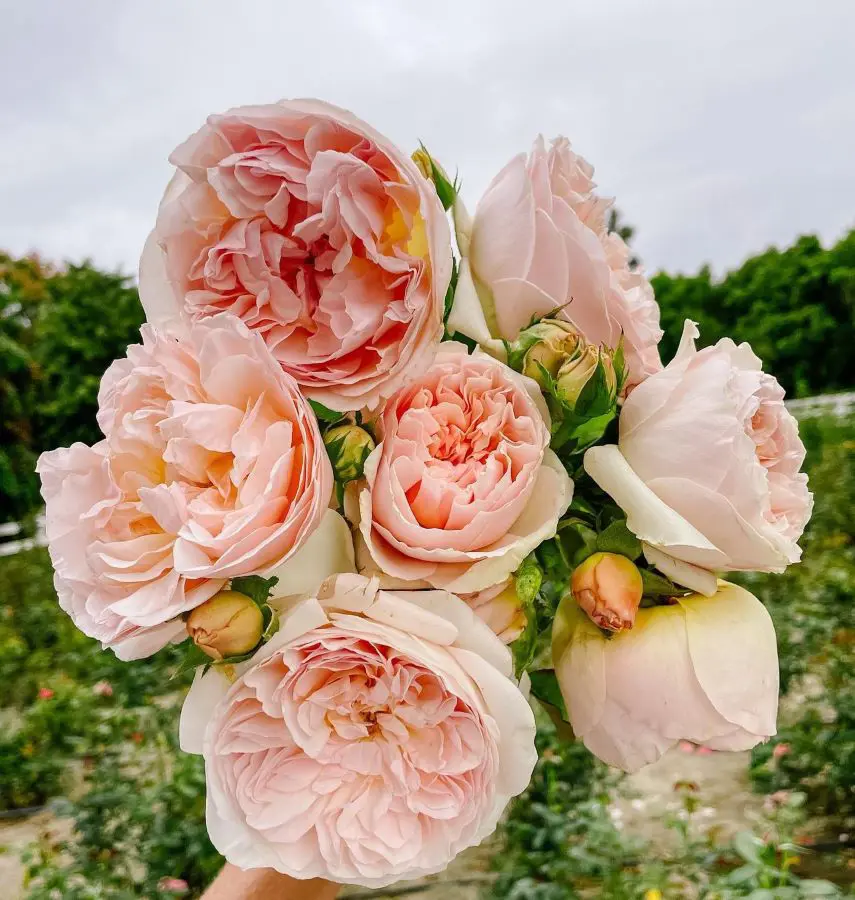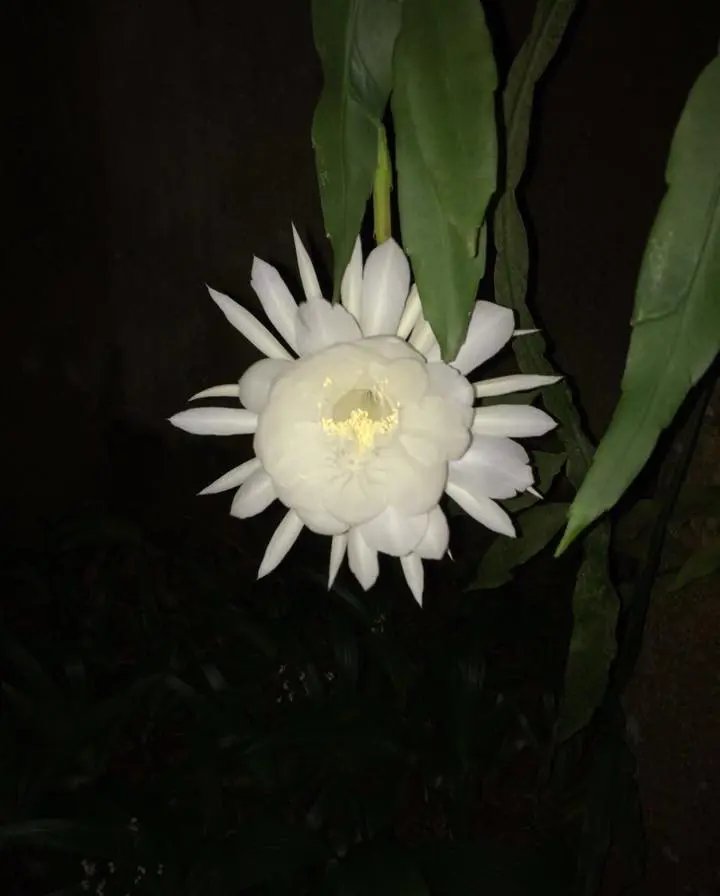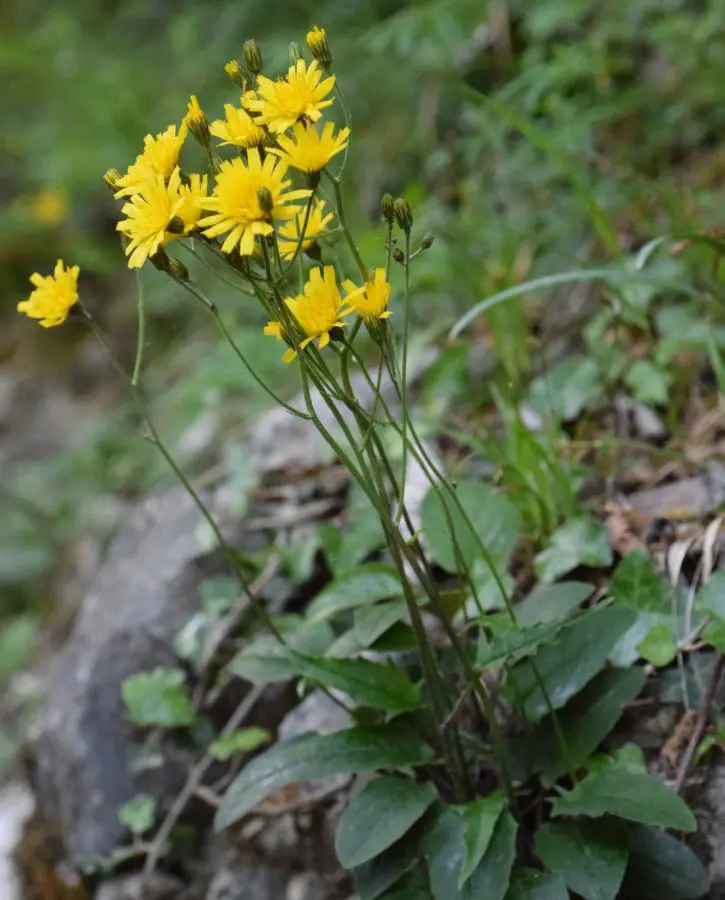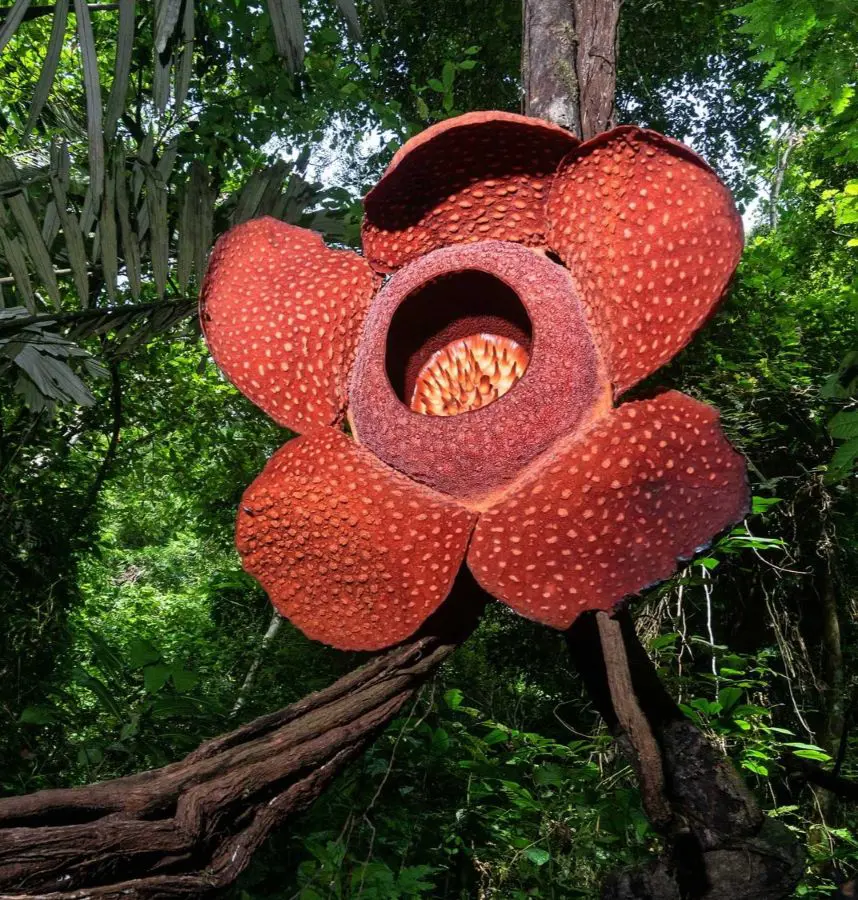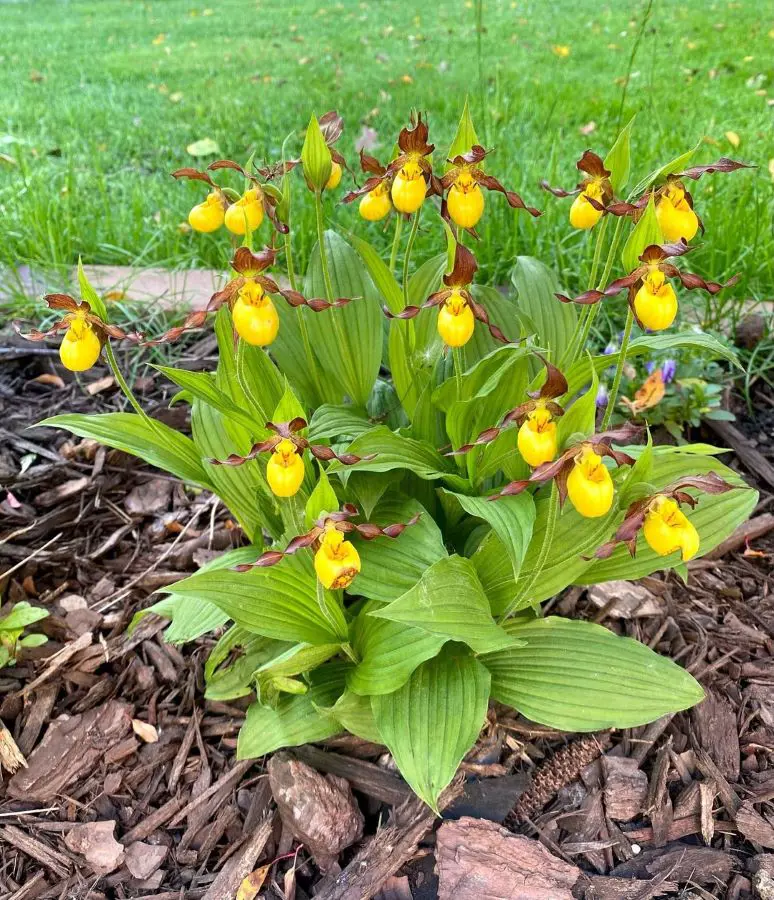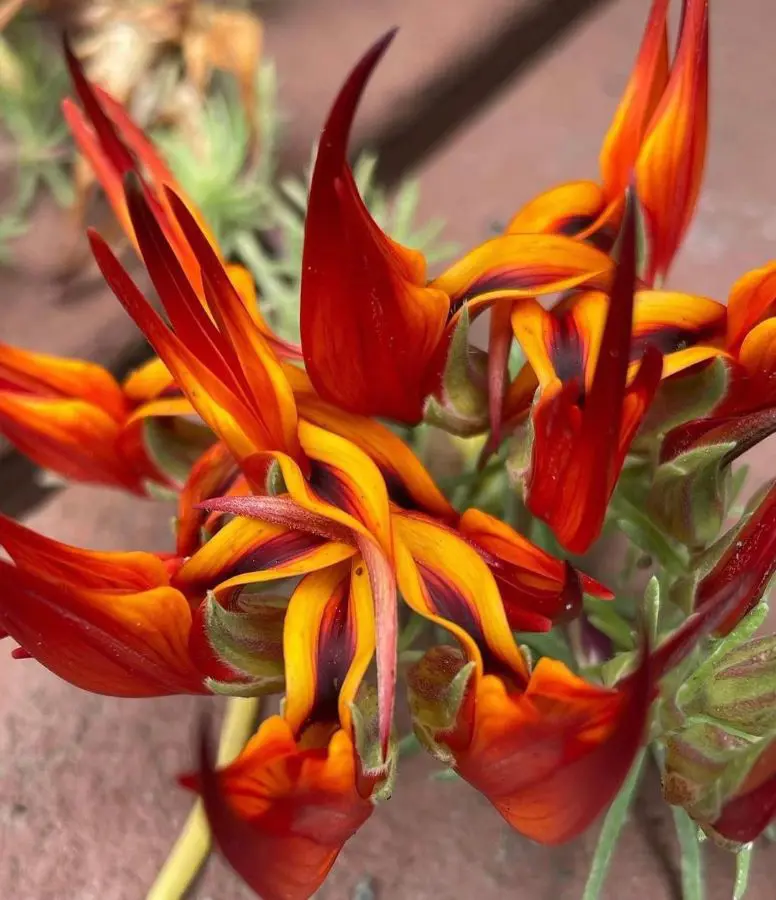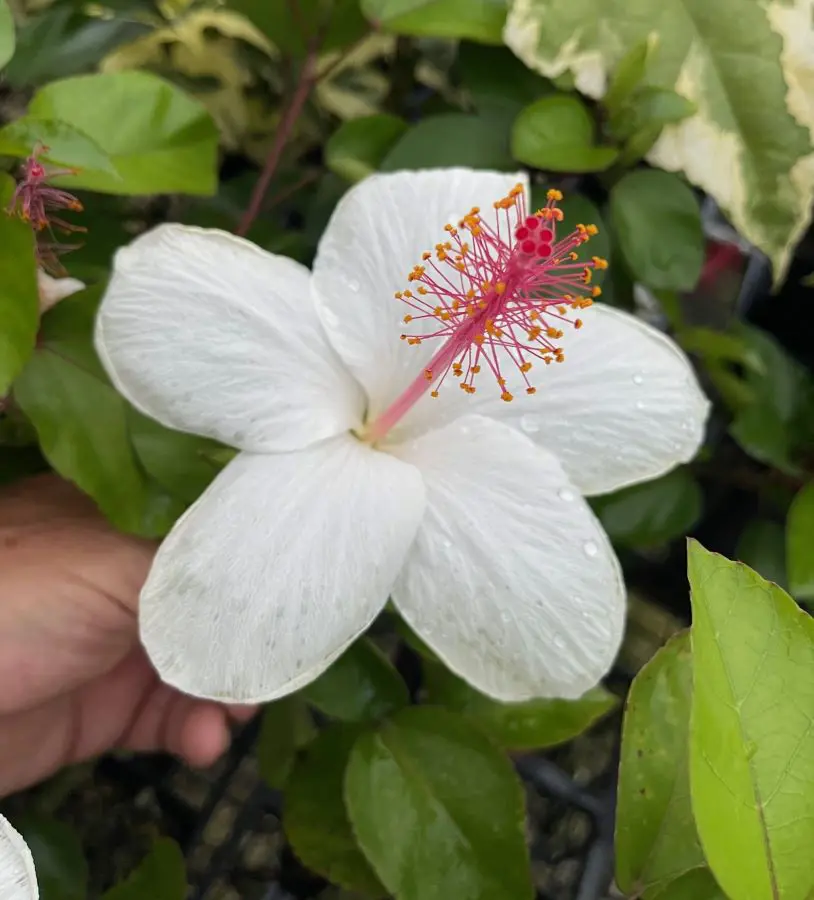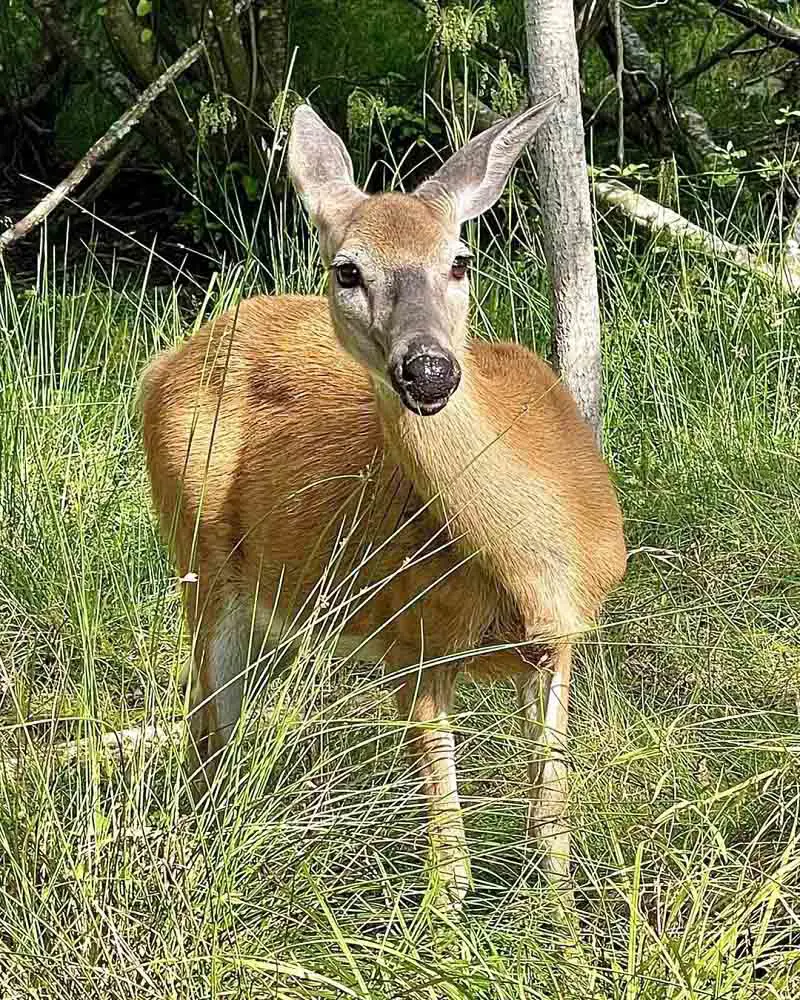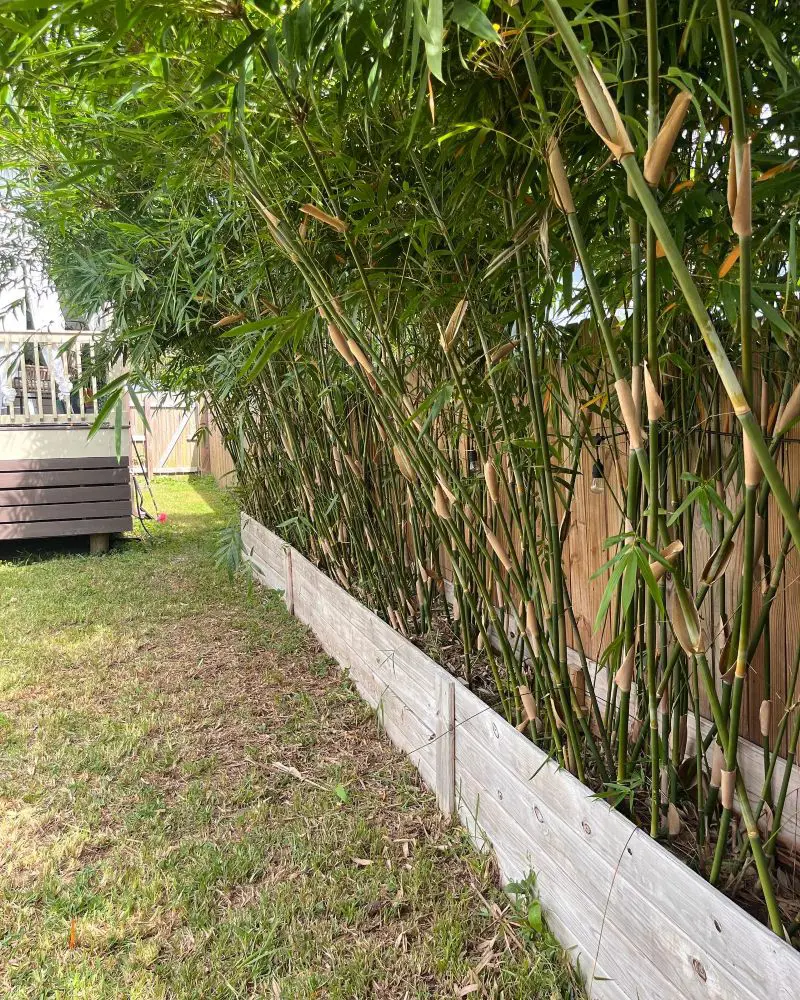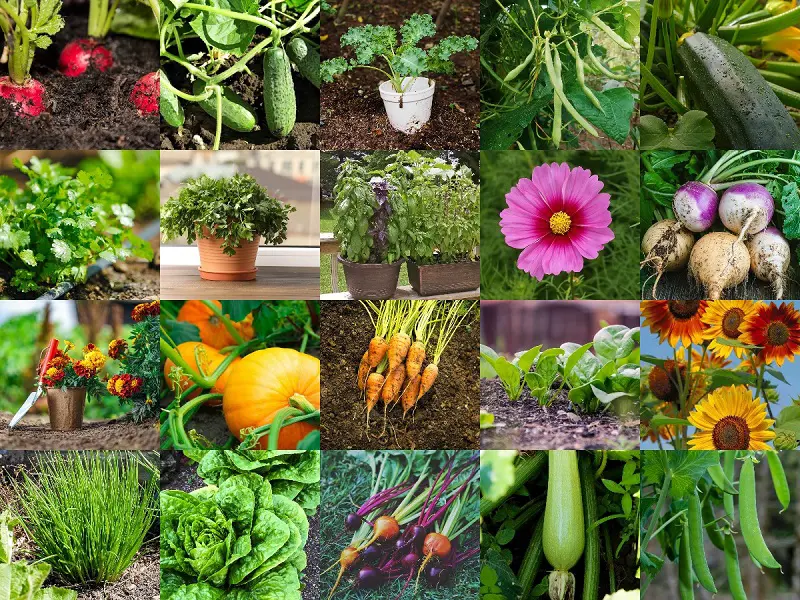1. Middlemist's Red
- Scientific name: Camellia japonica
- Origin: China
The Middlemist's Red is a camellia variety renowned for its deep pink hue. It is considered the most rarest flower in the world and is found only in Treaty House Garden in New Zealand and Chiswick House & Gardens in the United Kingdom.
This flower is extremely valuable, with clippings fetching thousands of dollars. Historically, these clippings were sold for around £3,200 (approximately $4,400). Although growing Middlemist's Red is very challenging, it can be successfully propagated by cutting and placing it in water, with rooting usually occurring within 1-2 months.
